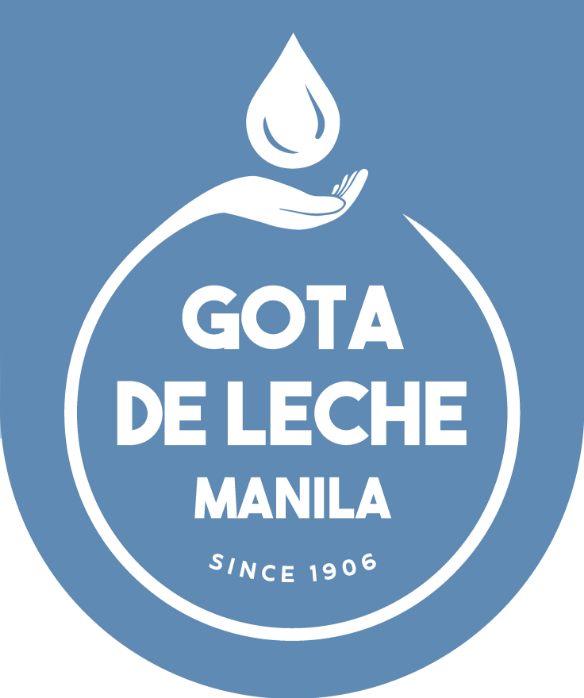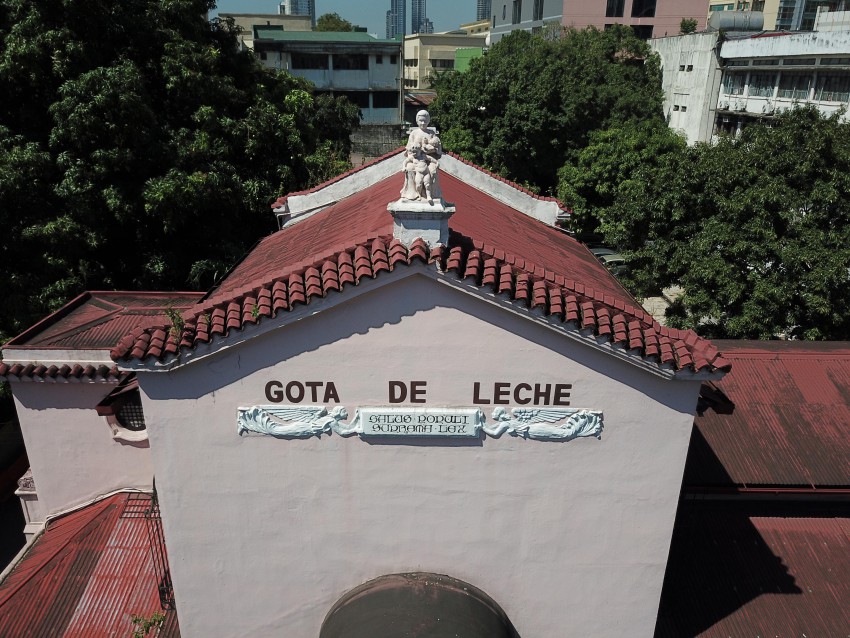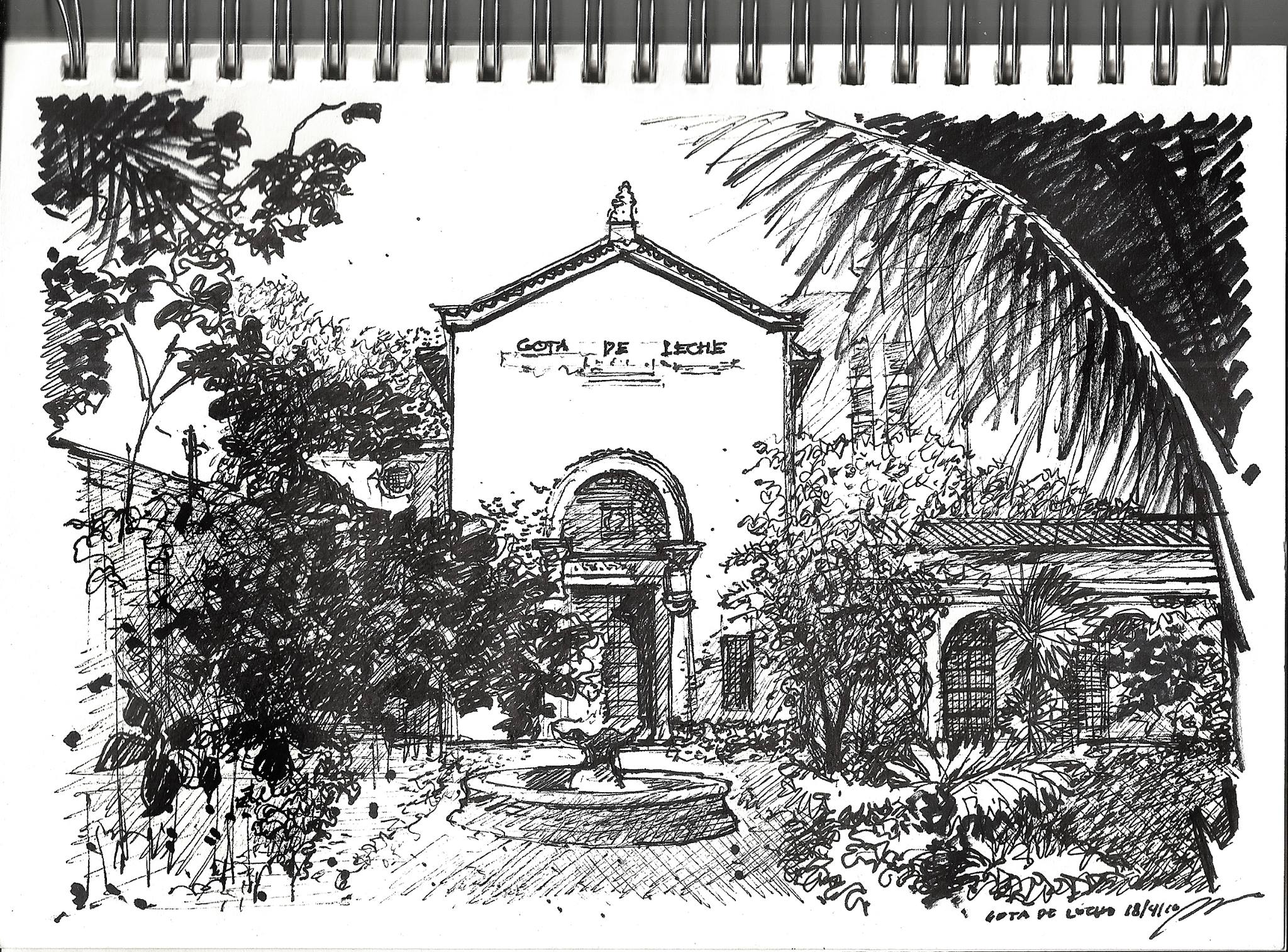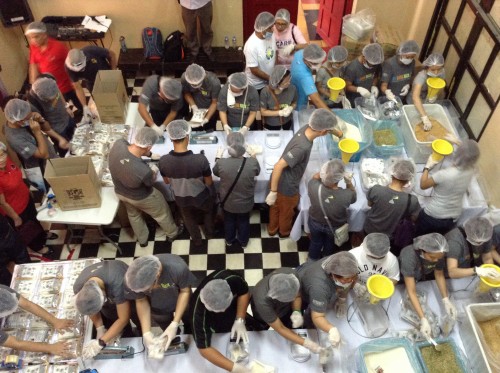News
Deanna Ongpin: Fourth-Generation Philanthropist
Sentimentality often gets a bad rap, especially here in soap opera-saturated Philippines. Bring up the S word, and most people will envision a dramatic lead wrenching buckets of tears for the camera. But the truth is, sentimentality means much more than heavy-handed acting and fake tears. Sentimentality can also be defined as an appreciation for the ties that bind us to a sense of duty.
For Deanna Ongpin, one of Gota de Leche’s directors, sentimentality drew her into the same role that her great-grandfather, Roman Ongpin, occupied three generations ago. Sentimentality was an acknowledgement of her connection to the early supporter of Gota de Leche. “The word ‘sentimental’ has a bad connotation,” Deanna explains. “By sentimental I don’t mean the telenovela-type of sentimental. But that’s what it is. I have a strong sentimental connection to Gota de Leche because of what my great-grandfather did.”
Roman Ongpin was committed nationalist and philanthropist. While maintaining the revered Binondo art supply shop El 82 with his son, the celebrated art patron Alfonso, Roman secretly supported the Katipunan by supplying much-need money, food, ammunition, and other supplies. Roman’s work didn’t end with the Katipunan. He supported many foundations, including La Protección De La Infancia and Gota de Leche – the very same foundations Deanna would work with a century later.
While Deanna’s connection to Roman Ongpin was a vital part of her becoming involved with Gota de Leche, she also gives credit to the persistence of Anna Leah Sarabia, one of the foundation’s co-directors. “She needed a board that would be committed, and the best way to do that was to get people like us, who have family connections to Gota and a desire to maintain a sense of continuity within the institution,” explains Deanna.
Anna Leah initially approached Deanna for a book project, which fell through. In 2007, Anna Leah approached Deanna again, this time with an offer to join the Gota de Leche board. “A few years ago, here was Anna Leah again,” says Deanna with a hearty laugh. “She reminded me that my great-grandfather was one of Gota’s first benefactors and supporters, and it was important for me to continue that work. So I really couldn’t, in good conscience, refuse.”
Deanna’s first visit to Gota de Leche in the mid-90s was anything but rose-tinted. “When we came to Gota de Leche, the gate was locked and we could not enter,” Deanna recalls. “The building was almost in ruins and the garden was overgrown with weeds. But there was a historical marker, which was visible from the street.” Despite its historical significance, the once-proud neoclassical structure had fallen to the ravages of time (and one world war).
That initial visit left a strong impression on Deanna. “That visit was important because I realized that this used to be the very beautiful, impressive building, of an important institution, that had fallen into neglect.” In 2002, architect Augusto Villalon (who is himself related to an early Gota de Leche supporter – his grandfather, Dr. Jose Fabella, was president of La Protección De La Infancia) oversaw the restoration of the Gota de Leche building.
In 2005, during the celebration of the Feminista Centennial, Deanna once again visited Gota de Leche. The building and the grounds she entered were quite different from the ones she saw a decade prior. “I was impressed with the way they were restored. The event was in the garden— tables were set there. And it was beautifully lit, so it was a very nice experience, to see what had been done to the building, to see that there was all this activity going on. So I absorbed in a better way what is the meaning of this whole institution.”
Deanna’s work as part of the Gota de Leche board has greatly benefitted the institution. She brings knowledge acquired from previous diplomatic work and involvement with foundations – she was president of Alliance Française and board member of various cultural institutions, including the Museum Foundation. Even with her diverse experience with these groups, she sees her work at Gota de Leche as an extension of the early efforts established by Roman and Alfonso Ongpin.
And that’s definitely something worth getting sentimental about.



